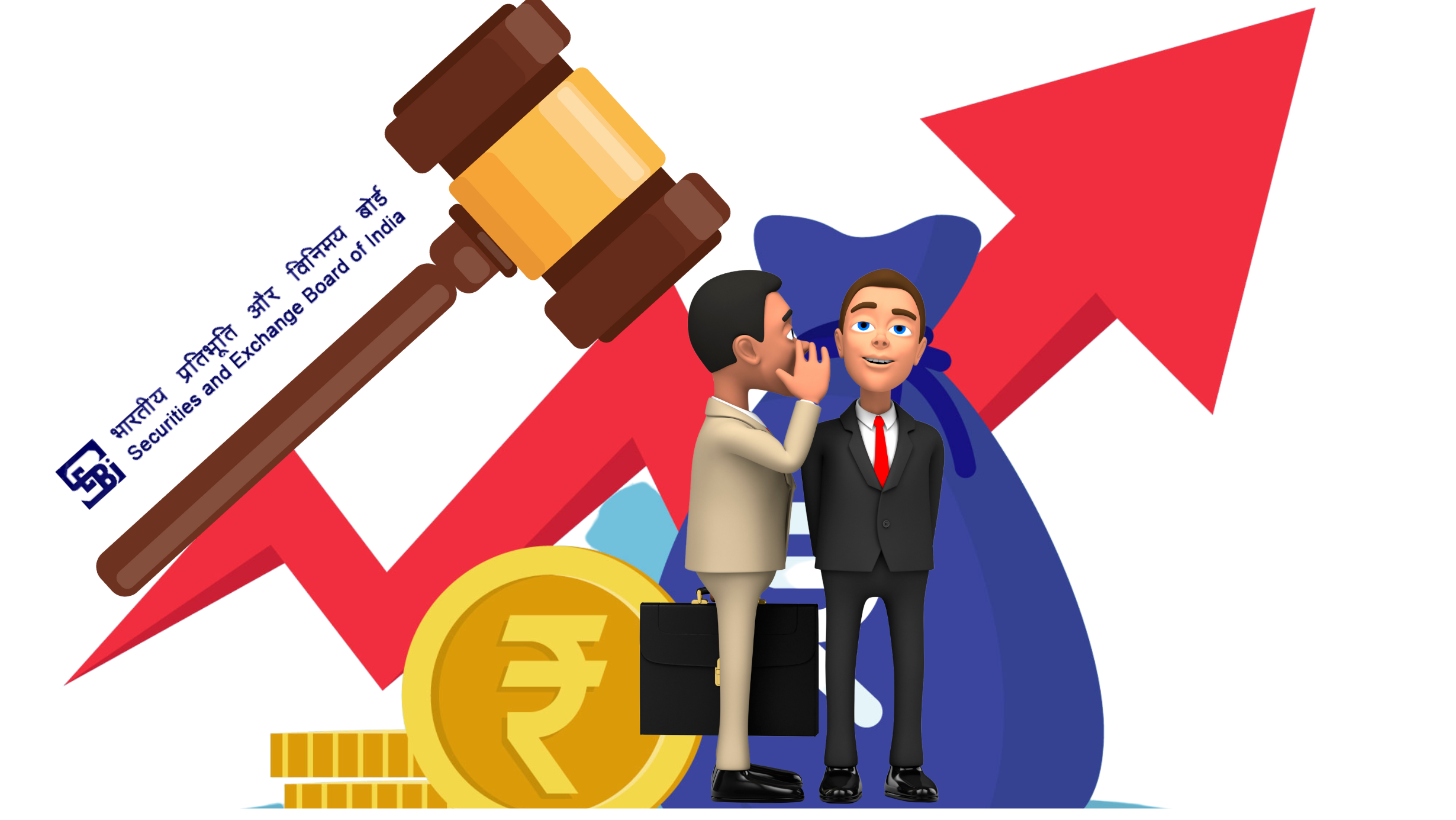Salesforce.com Inc. is considering a takeover of Twitter Inc., according to people familiar with the matter, as the social-media company’s efforts to ignite growth sputter.
The exploration is in early stages, one of the people said, and might not lead to a deal. It’s unclear who else might be circling Twitter, which had a market value of about $13 billion as of Thursday’s close, down from its all-time high of $40.7 billion in December 2013, according to Thomson Reuters.
Shares of Twitter rose 20 percent to $22.44 on Friday morning after CNBC reported on a possible sale. Before Friday, the stock had fallen 30 percent over the past year.
Salesforce shares fell 4.3 percent to $71.35. A tweet from the verified account of Vala Afshar, which lists his title as Salesforce’s chief digital evangelist, gave apparent reasons why someone would want to buy Twitter. It said, “Why @twitter? 1 personal learning network 2 the best real-time, context-rich news 3 democratize intelligence 4 great places to promote others.” However, a subsequent tweet indicated those were Afshar’s personal views.
Salesforce considers a takeover of Twitter In the years since its November 2013 initial public offering, which was priced at $26, Twitter has grappled with slow user expansion and shrinking revenue growth. Last year, the company brought back co-founder Jack Dorsey as its chief executive after some investors lost confidence in former CEO Dick Costolo’s ability to spark growth in the business.
But all told Twitter has added just 9 million monthly users — and only 1 million in the US—since Dorsey returned as interim chief in July 2015. In comparison, Facebook Inc. has added more than 164 million monthly users in the same time frame. In its February results report, Twitter for the first time failed to show any user growth. Then in the second quarter, Twitter’s revenue rose 20 percent to $602 million, its smallest gain and the eighth-straight period of declining growth, as advertisers continued to shy away from the platform.
Dorsey’s hiring last year was hailed as a triumphant return by the co-founder who had previously been fired as Twitter’s CEO in 2008. Many in the tech industry believed that the company required the touch of a co-founder to get Twitter back on track. But Dorsey, who splits his time as CEO of payments company Square Inc., has in recent months been increasingly stressed out about the difficulty of fixing Twitter amid a steady march of negative press reports, according to people close to Dorsey.
Twitter’s struggles, alongside a deal-friendly climate in Silicon Valley, have raised questions about the company’s future as an independent public company.
Under Dorsey, Twitter has attempted to sharpen its focus. Dorsey has sought to reinvigorate its ad business around video and revive user growth by making the short-messaging service he invented easier to use and by getting rid of rules that some find confusing. Last October, the company released its Moments feature, which curates tweets, photos, and videos shared on the service around sporting events, entertainment, and breaking news, to help pull in newcomers.
Last week, Twitter introduced its first live stream of a National Football League game. An average audience of 243,000 viewers a minute watched the New York Jets beat the Buffalo Bills. Still, that paled in comparison with the average of 15.4 million people who watched the game on CBS and the NFL Network.
The football game was one of the first major events for Twitter’s live-streaming strategy, the cornerstone of its plan to become a major destination for live events. Twitter is trying to appeal to advertisers by capitalizing on its strength as a real-time service and the growing trend of cord-cutting among viewers. Twitter plans to also stream the presidential and vice presidential debates. Executives hope the push into live-streaming will attract the more premium ad dollars that come with video ads. It has also made tackling the rampant user abuse on the platform more of a priority.
Despite these efforts, the needle on user growth has barely moved. In July, Twitter said it added just 3 million net users in the second quarter, reaching 313 million users who log in at least once a month.
Salesforce, for its part, has indicated an interest in continuing to grow through acquisitions. In August, it posted a 25per cent increase in second-quarter revenue and swung to a profit, boosted by a gain related to income taxes. But Salesforce, which has a market value of nearly $50 billion, offered a disappointing forecast, and its shares have since sagged.
Twitter would in some ways be an odd fit for Salesforce, which is focused on providing software services to businesses. But Salesforce Chief Executive Marc Benioff has been a voracious acquirer, and the company has indicated an interest in branching into new areas. Salesforce tried earlier this year to buy social-networking company LinkedIn Corp. but lost out to Microsoft Corp.
Twitter and Salesforce have some intriguing ties. Salesforce last month acquired productivity-software make Quip in a deal worth $582 million. Quip was co-founded by Bret Taylor, a former Facebook Inc. executive and Twitter’s newest board member. Taylor is expected to report directly to Benioff.
Salesforce also has a partnership with Twitter to feed social media data into Salesforce’s analytics systems to give its customers insights on things like how their customers are talking about their products and brands. That alliance started in 2012, provides Salesforce access to the full firehose of public tweets on Twitter, giving Salesforce insight into the value of that information for its products.
If Twitter were to sell, it could join the ranks of Silicon Valley startups that have recently been taken over at near or below their initial public offering values. Last year, QVC bought Internet retailer Zulily Inc. for $2.4 billion. The price tag was about half Zulily’s market value when it went public in 2013. At its peak, Zulily’s market value was close to $9 billion.
Recent Articles on M&A
Source: Business-Standard




